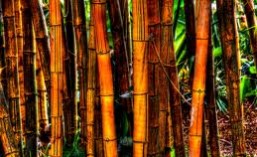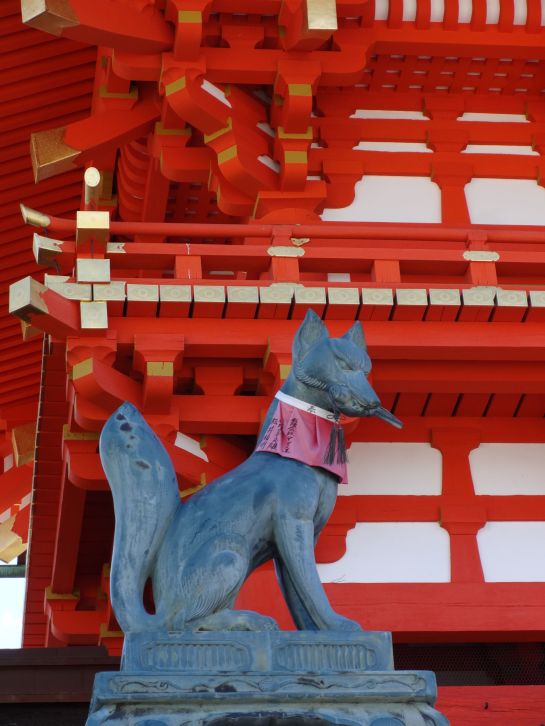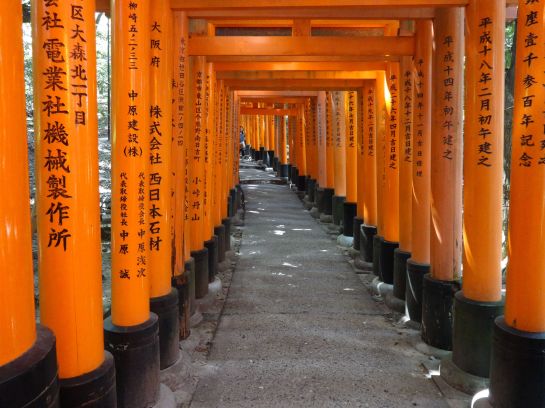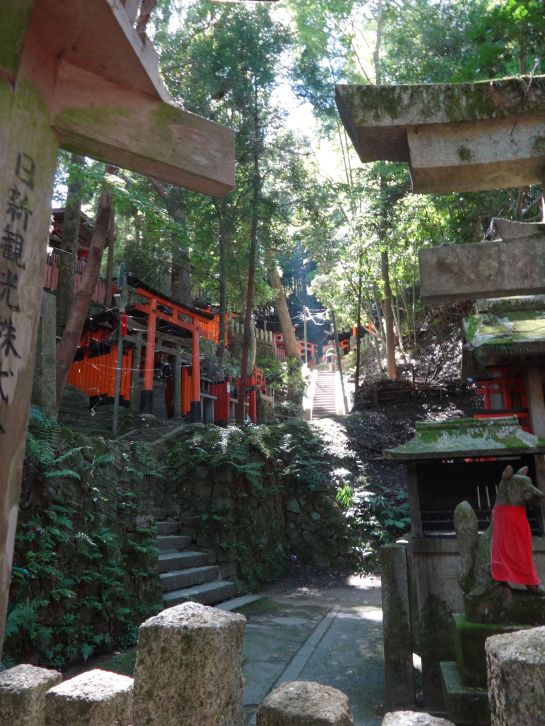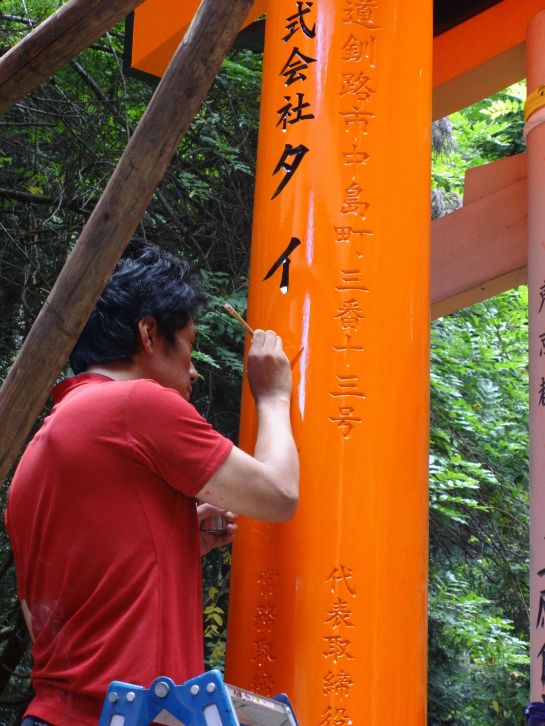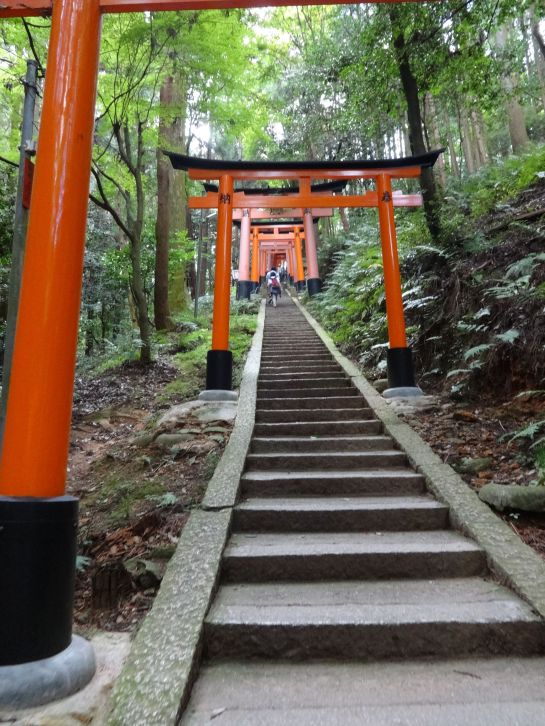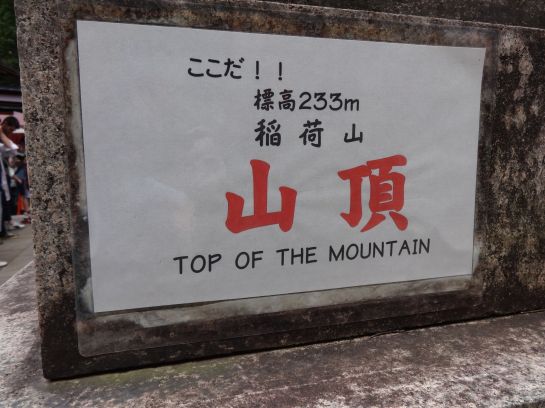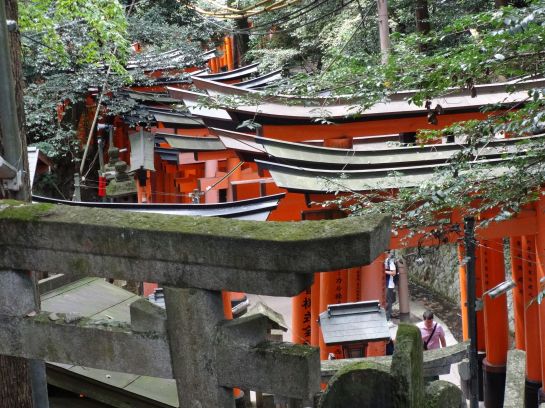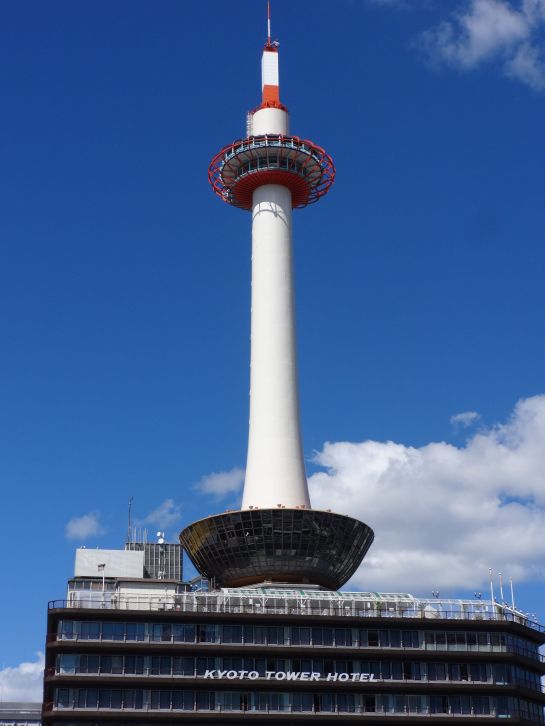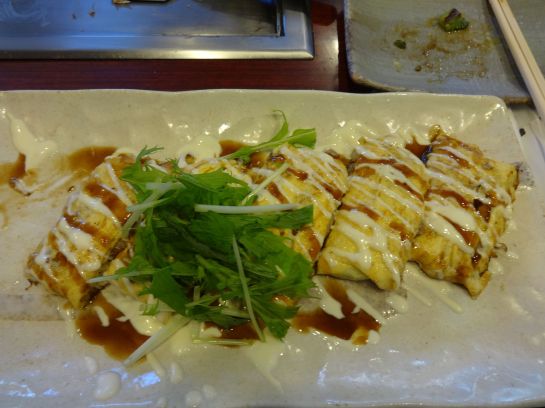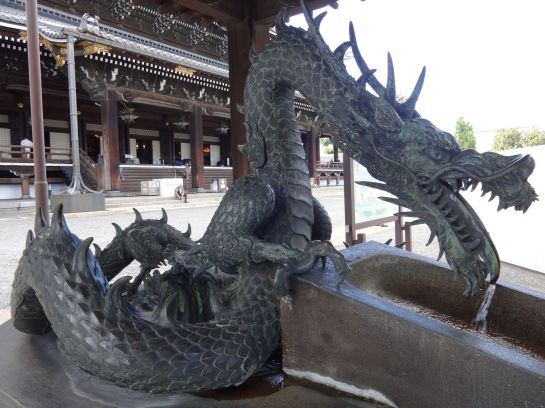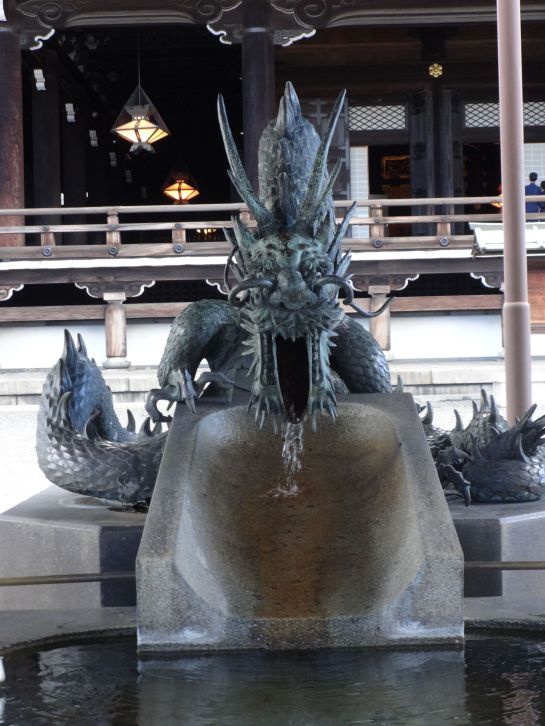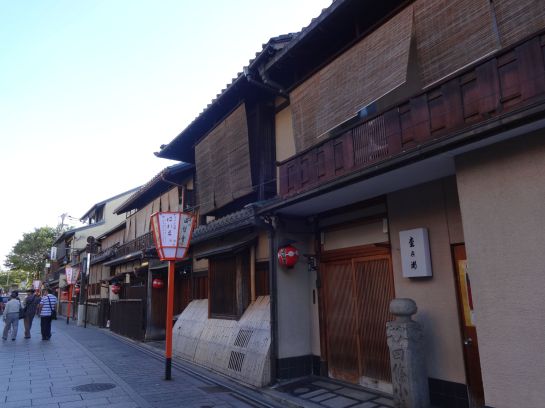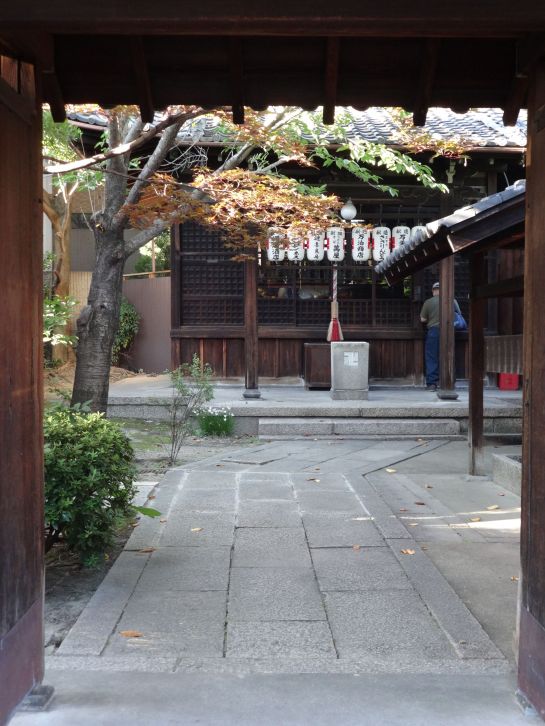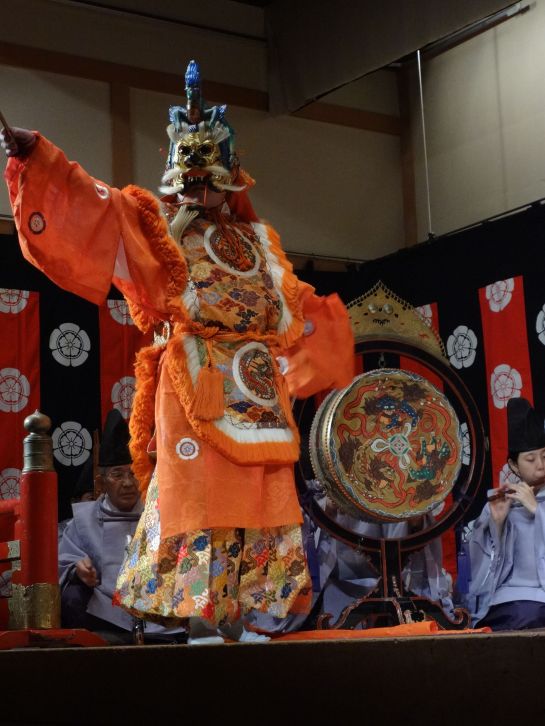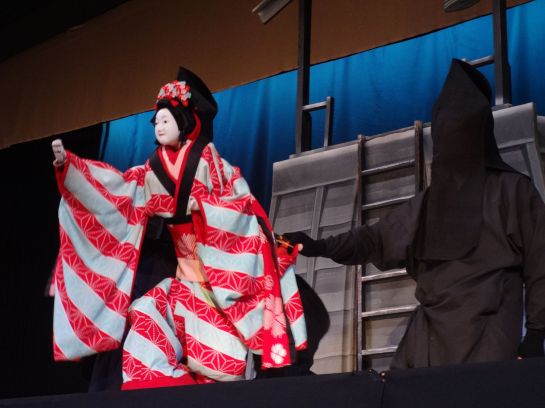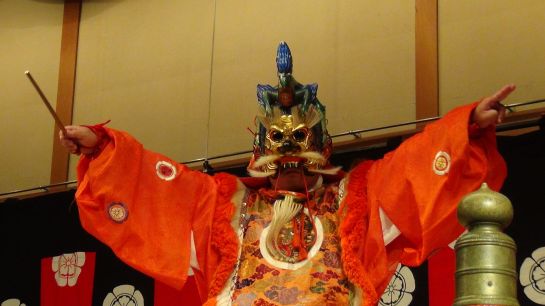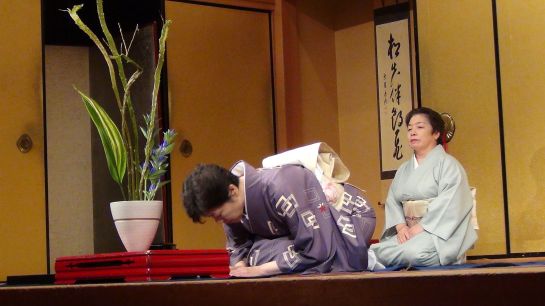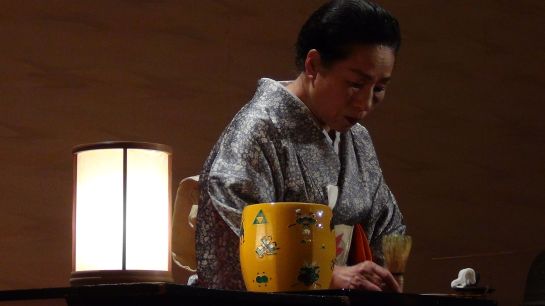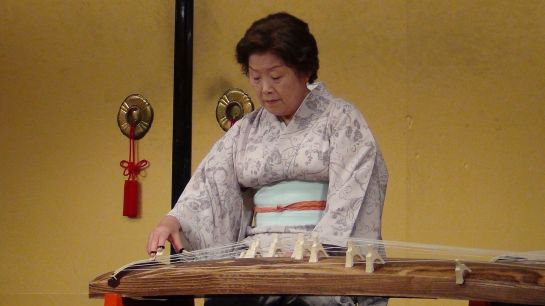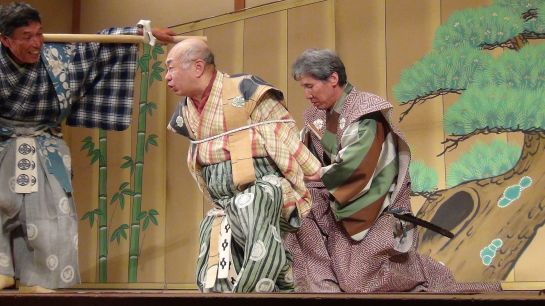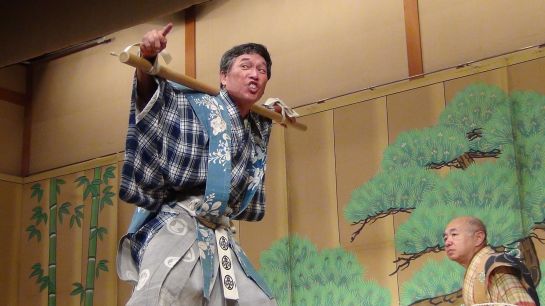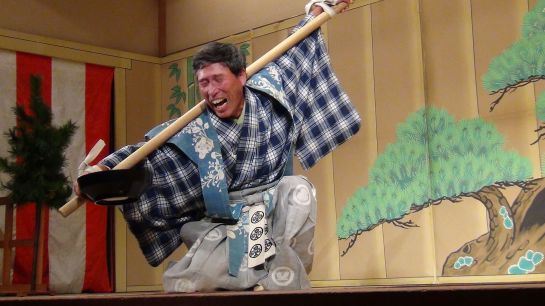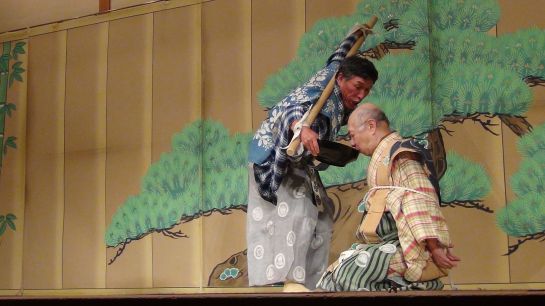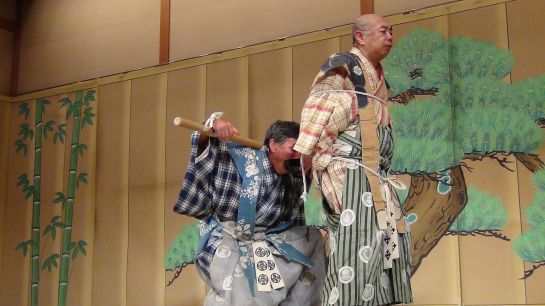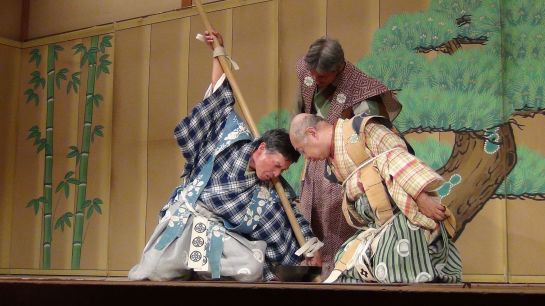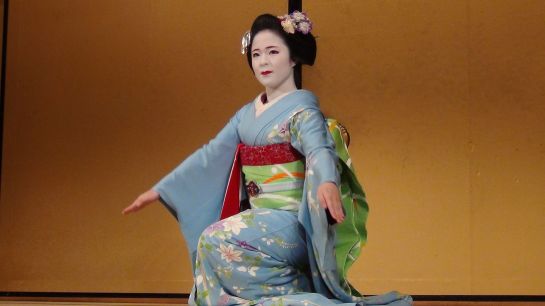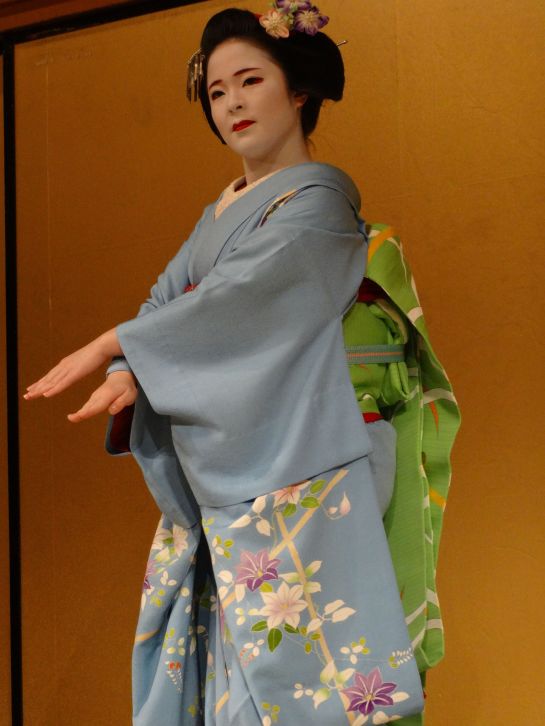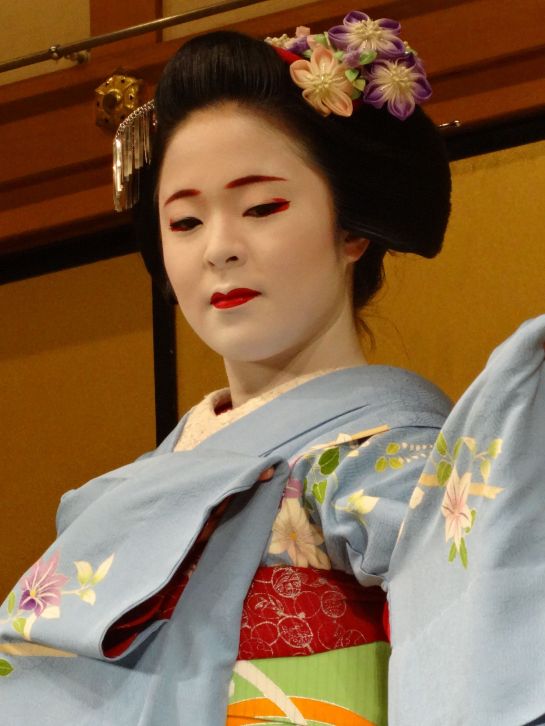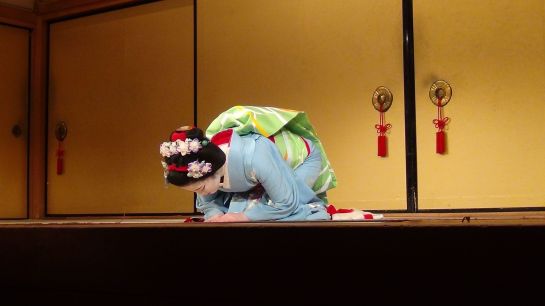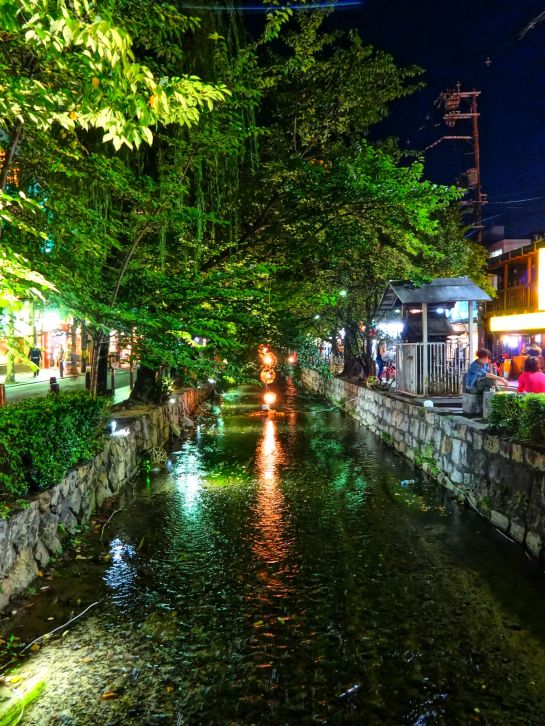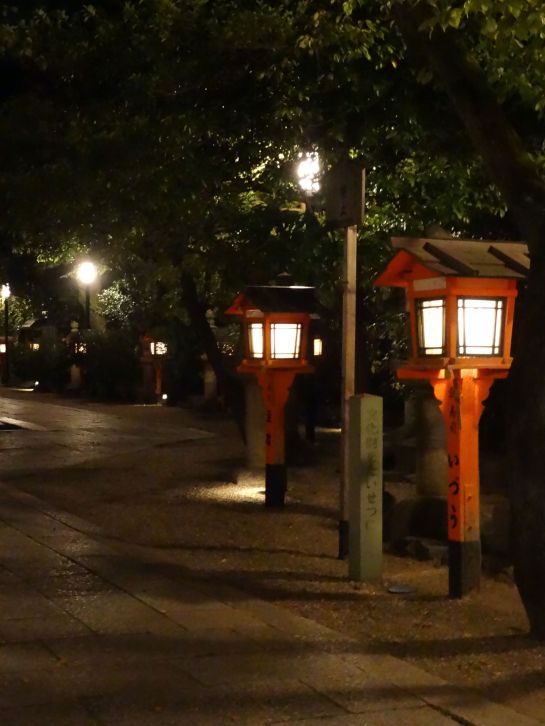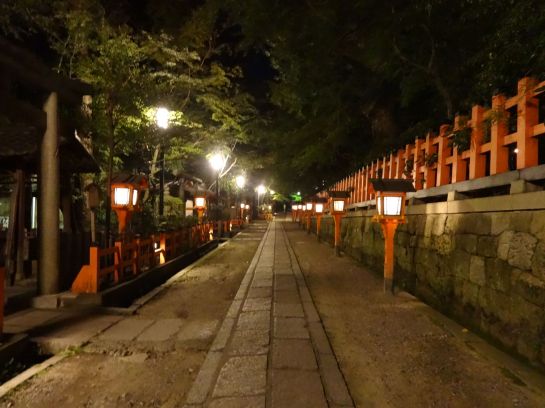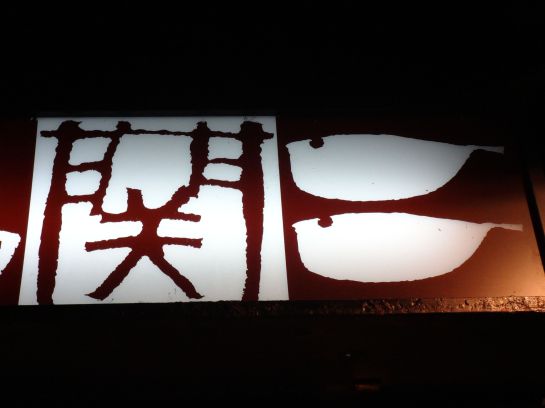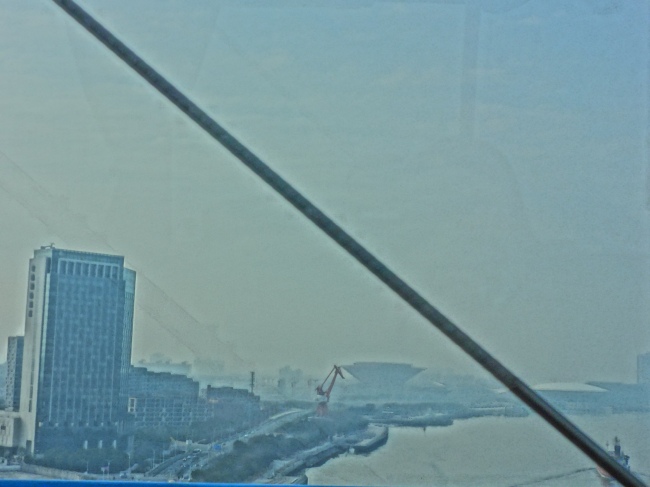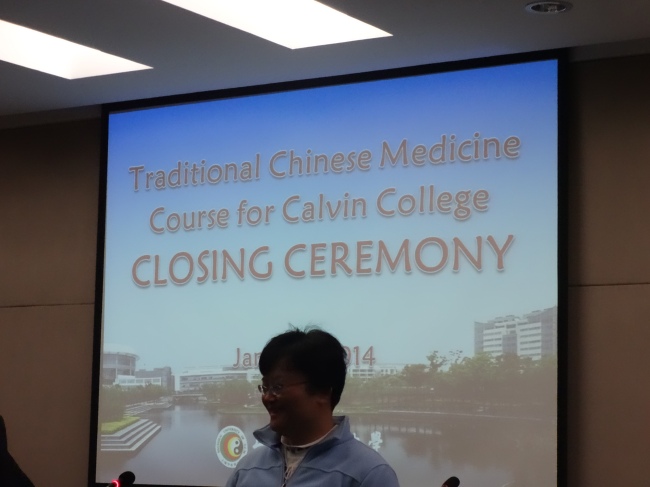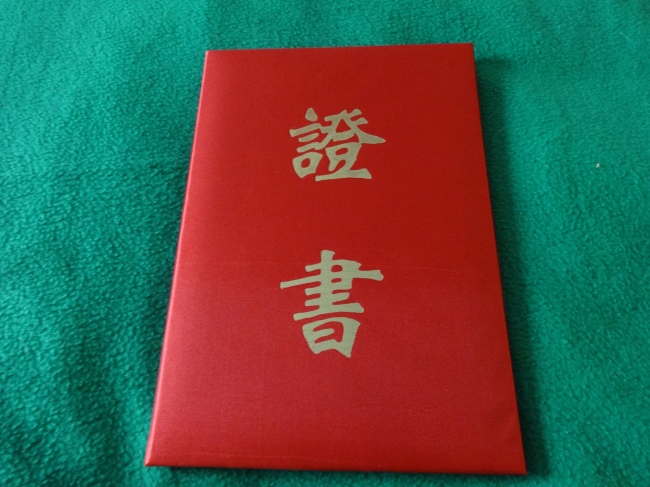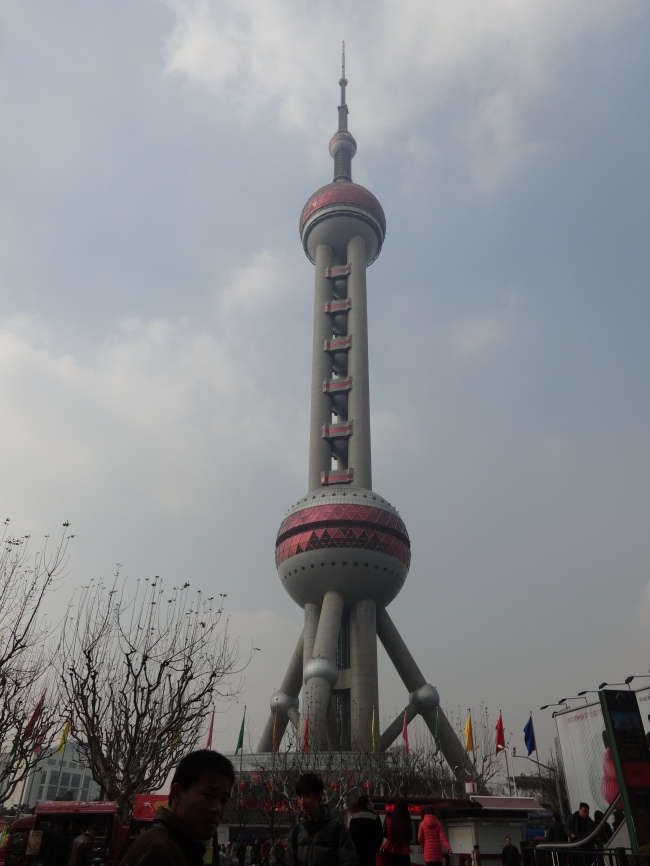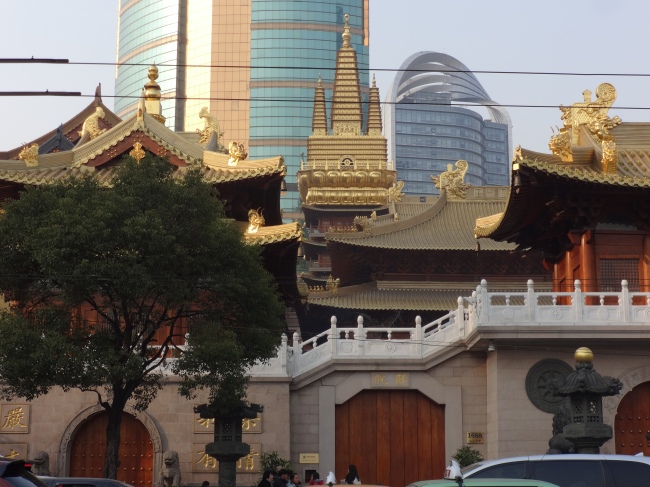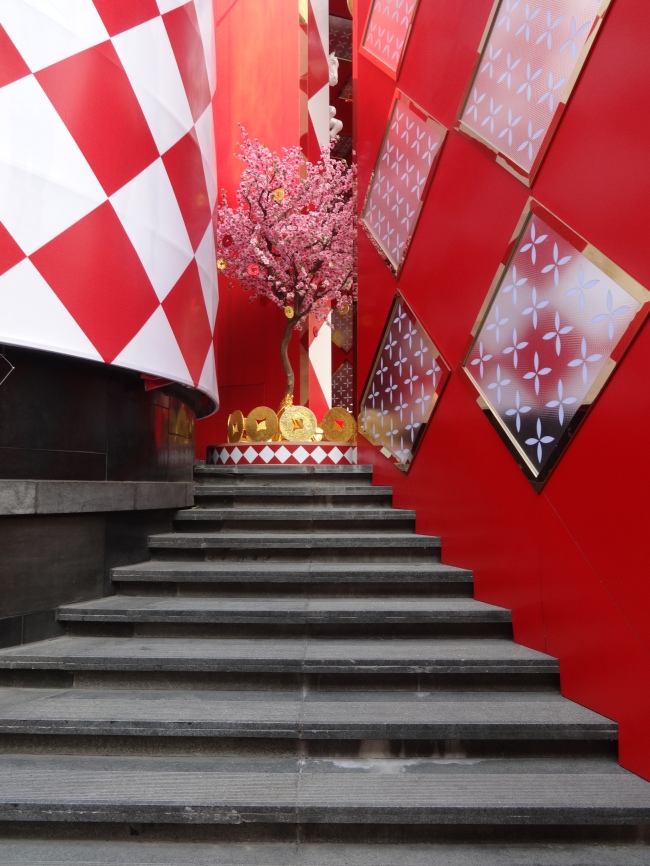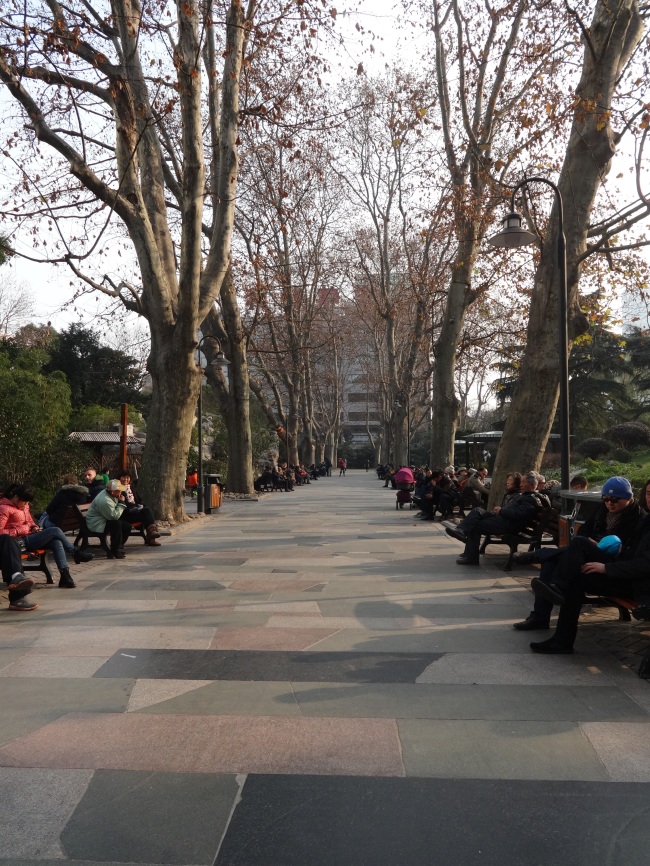I’d been planning a trip to Kyoto for quite a while, as it’s only an hour away by train and there are still many things I want to do there. Chief on my bucket list was #30: Climb to the top of Fushimi Inari.
Yay! I get to summit a mountain!
Fushimi Inari has always been one of my favorite, if not my actual favorite, place in Japan. The nation’s largest shrine to the fox gods, Fushimi Inari is well-known for its thousands of red torii gates placed so close together that they form tunnels. These gates continue all the way to the top of Mt. Taisha, and every year, adherents to the worship of Inari climb to the top to visit the god.
The day before Anna and I were going to leave, we bumped into a group of friends who were also planning a trip to Kyoto the following day; they were unsure what they wanted to do, so we told them to just tag along with us.
*****
I wove through the crowd into the shade of a tree next to the purification stone; my friends washed their hands in the water and marveled at the shrine around them. I was excited to be with them during their first visit. The air was still cool, but the intense heat from the sun made it seem ridiculously warm. Next to me stood two giant fox statues, two of thousands that dotted the winding path up the mountain. In one’s mouth was an orb, representing the spirit, since foxes are messengers from the spirit world. In the other’s mouth was a key — this is the key to the rice house, as the god Inari and the foxes are fertility deities.
The climb up the mountain began easily enough; the tunnels painted all of us red as the sun broke through the gaps in the torii to illuminate them. Like a pathway from wonderland, the winding gateways led us deeper and higher without our noticing.
The forest air was cool and clean, and the sound of a waterfall off the cliff beside the torii mixed with the hiss of wind through the leaves to fill the air with pleasant white noise. The higher we climbed, the fewer people we saw. At some points we stopped to look at a small, family shrine to Inari only to find that in fact there were hundreds populating the mountain like a beautiful but uninhabited city.
As I got higher, the climb got more difficult. The path changed from a gradual uphill slope to a more intense stairway. Along the way, we saw a man painting one of the new gates while burning incense, offering the new gate as a gift to the god.
A few hours into the climb, I finally set foot on the top, greeted by a cheery sign in Japanese that said, “It’s HERE! This is the top of the mountain!”
The shrine at the top of the mountain, which is Inari’s actual living space (as seen by the enshrined stone seat), was wrapped in winding pathways leading to dozens more family shrines. From above, the black tops of the torii gates on the mountain below became visible like the rippling back of a giant snake.
*****
I led the group off the train, hopping back onto the platform at Kyoto Station. All winded from the hours on the mountain, we decided that the best thing to do would be to sit down and rest and refuel. Andrew, Edwin, and Sima went ahead of us into the ticket gates, and when Anna and Jakob put their tickets in too, the gates didn’t open.
And thus the three of us got left behind.
We wandered for about half an hour looking for the others, not so much because I was worried about their safety but because this was their first time traveling in Japan, and I wanted to make sure that they at least knew how to get back to Hikone. Eventually, though, we gave up — with no phones and no meetup plan (we were going to make one after passing through the gates), it was unlikely we’d find them. We decided to go off on our own and eat.
A few minutes later, we were greeted by their smiling faces at a hamburger stand. We almost walked right past them.
Jakob was angry, but he forgave them for not checking for us in one of Japan’s busiest train stations.
They still wanted food after they’d downed their hamburgers, so we found a semi-cheap okonomiyaki place next to a Hawaiian dance performance in the station.
The food was good, but the waitress didn’t really say what it was she was bringing, so we had to guess which food belonged to who. Jakob got the short end of the stick again when multiple people ate about half of his meal before realizing it wasn’t theirs. I gave him a piece of mine to help make up the difference. Sima took more of Jakob’s food despite Jakob telling him not to.
After lunch, we stopped by Higashi Hongan-ji, a temple that has earned the nickname “gaudy temple” for its unique choice of colors and shapes in its decorations. While I didn’t find anything remarkably out of the ordinary, I still enjoyed sitting quietly on the tatami mats watching the Buddhist monks go about their business. The cool wood of the smooth temple floor soothed my aching feet.
On the temple grounds were a few other sites that I appreciated, albeit for different reasons. Near the entrance I was greeted by my favorite animal, a dragon, this time in huge, amazing detail. Water poured from his fanged mouth into the basin where visitors wash their hands. Dragons are, after all, water deities — they control the weather, bring rain, and protect against fires (aka handy to have around a giant wooden building with hundreds of candles burning inside).
In the restroom on the edge of the grounds, I saw this fantastic sign:
The Japanese at the top includes お子様, child with sama, the same suffix attached to really important people. You know, lords and gods and whatnot.
“Dear Honorable and Excellent Child.” Now look at that kid’s face in the picture. All, “Aww yeah. Rulin’ the world one baby step at a time.”
*****
I had been planning the final part of our day for months, so I was happy that Jakob and the others were able to come as well. I’d been in contact with a maiko (apprentice geisha) house for a few months, and they eagerly welcomed us to visit. So I led my friends down the streets of Gion, one of Japan’s most well-known geisha districts. The streets were bathed in the orange glow of sunset, and lanterns and bamboo drapes over the windows called in images of old Japan. Occasionally, women in elaborate kimonos and yukatas would appear among the crowd, sometimes accompanied by men in expensive hakama and traditional outfits.
That night, we were treated to an amazing array of traditional Japanese performances at the recommendation of one Nakashima-san, whom I had been talking to since June. From tea ceremony to bunraku (puppet theater) to gagaku (court music), koto, ikebana (flower arranging), and kyogen (comedic performances in Japanese), we were truly treated.
In the kyogen performance, the storyline was simple but funny — a lord is worried that his servants may steal his rice while he is out, so before he leaves, he ties them up to make sure that they can’t. Still, while he is gone, they manage to break into his storehouse while still tied up and get into his sake (rice wine). They help each other to drink it and get drunk. When the lord returns, he sees them and sneaks up on them. They see his angry face reflected in the sake in their bowl and, sure that it is a ghost, remark, “What a frightening face our lord has. He is a scary person.” Then the lord smacks them with his fan and drives them out of the storehouse, chasing them as they stumble away, drunk.
The kyogen was funny, and the rest of the performances were amazing, but the highlight of the night was the kyo-mai, or maiko dance.
She appeared suddenly, the bright blue of her elaborate kimono just as striking as the white paint of her face. Her deep red lips stood out beneath the glittering ornaments in her hair. She appeared to float rather than move, and the soft sweeping of her feet across the floor was the only noise that broke through the music.
It’s not every day that one gets to see a maiko for more than a second or two. She danced for us.
The day in Kyoto had been phenomenal — summiting a mountain, seeing a geisha dance, and lying on the cool tatami of a temple for starters. We broke off from Jakob and his friends after thanking the geisha house, so Anna and I were on our own. I had just a few more places that I wanted to go, and she wanted to head down the famous Pontocho, a street known for its old buildings and tea houses. Along the way there, I also stopped at a street over to get some pictures of the well-known willow trees over the Kyoto canal.
On our way to rest our feet at a late dinner, we also stopped by an illuminated temple casting deep shadows into the trees.
My last stop of the night was another that I had been planning for a while — Genpin Fugu. Yes, you read that right — “fugu,” or Japanese pufferfish. Known around the world for its poison, the meat of this chubby fish has been responsible for more than a few deaths; however, the number has declined significantly in recent years with the introduction of strict, difficult licensing programs.
Soon enough I found the place, decorated above the door with the shape of everyone’s favorite poisonous fish.
I peeked in the door and asked meekly, in Japanese, “Fugu? Here?” Why meekly? Well, because it looked like we were coming in the back door through the kitchen. Turns out that’s perfectly fine. There was room for 6 entire people in the whole restaurant.
I knew the cost would be prohibitive, so I ordered just one plate of fried fugu skin, since I hear that the skin is one of the best pieces for a first try. Anna ordered a small plate of sashimi, and we agreed to split the two and eat our (free) nutty ice cream afterward.
To be honest, I was so excited to try pufferfish that I completely forgot until I put it in my mouth that it was poisonous. The taste? Well, one thing fugu is not known for is its taste. Unlike stronger sea flavors like ebi or toro, pufferfish has a very, very light flavor that Japanese people would call usui, or “thin.” That’s not to say that it tastes bad. The flavor of the meat itself can, however, be entirely covered by anything and everything that you add to the bite (wasabi, leek, etc). The fish itself has the same base, bland taste as, say, a green bell pepper without the spice. It is there, but it’s almost like it is the absence of much taste that you are tasting. The taste of flavorlessness speckled with just a hint of ocean, but you have to search for it.
Maybe it was because of all my extended flavor searching that the underside of my tongue ended up numb for 20 minutes after the meal.
Is pufferfish really poisonous? Why yes it is.
